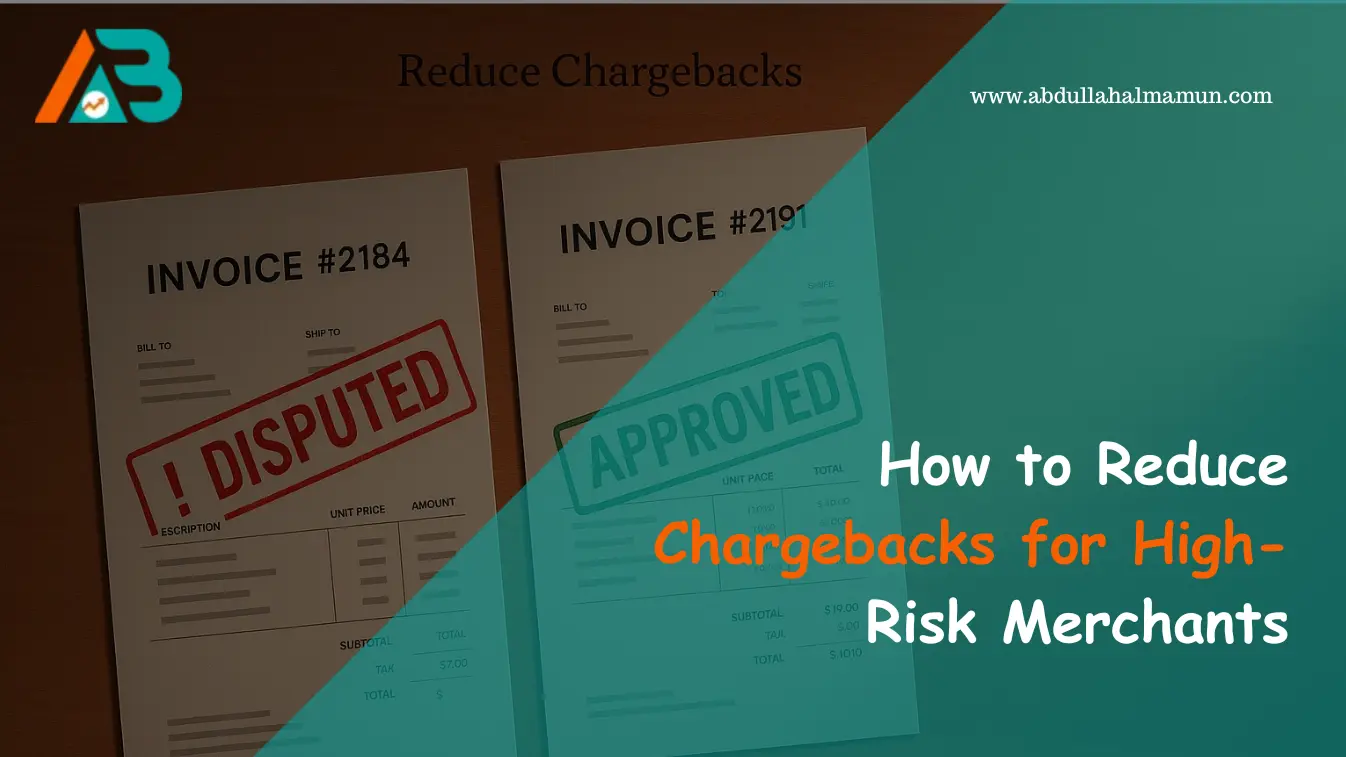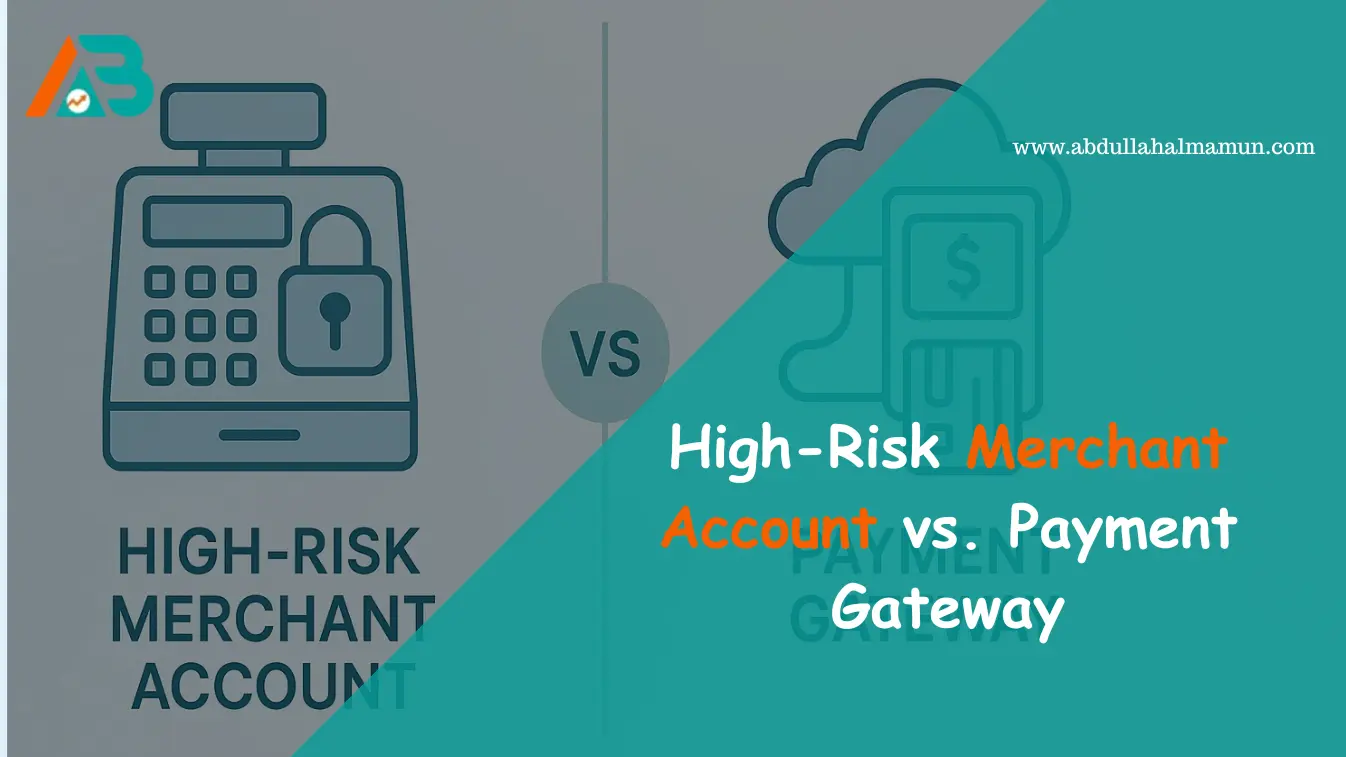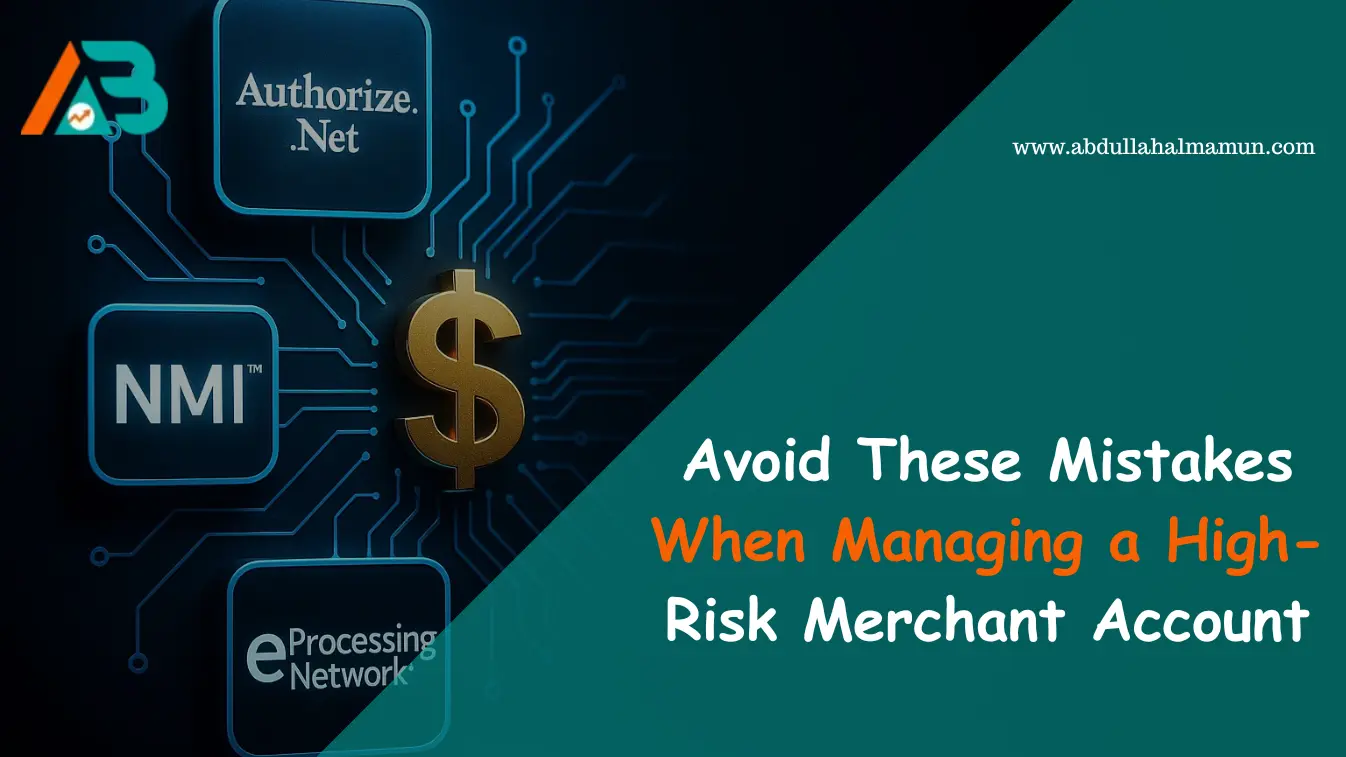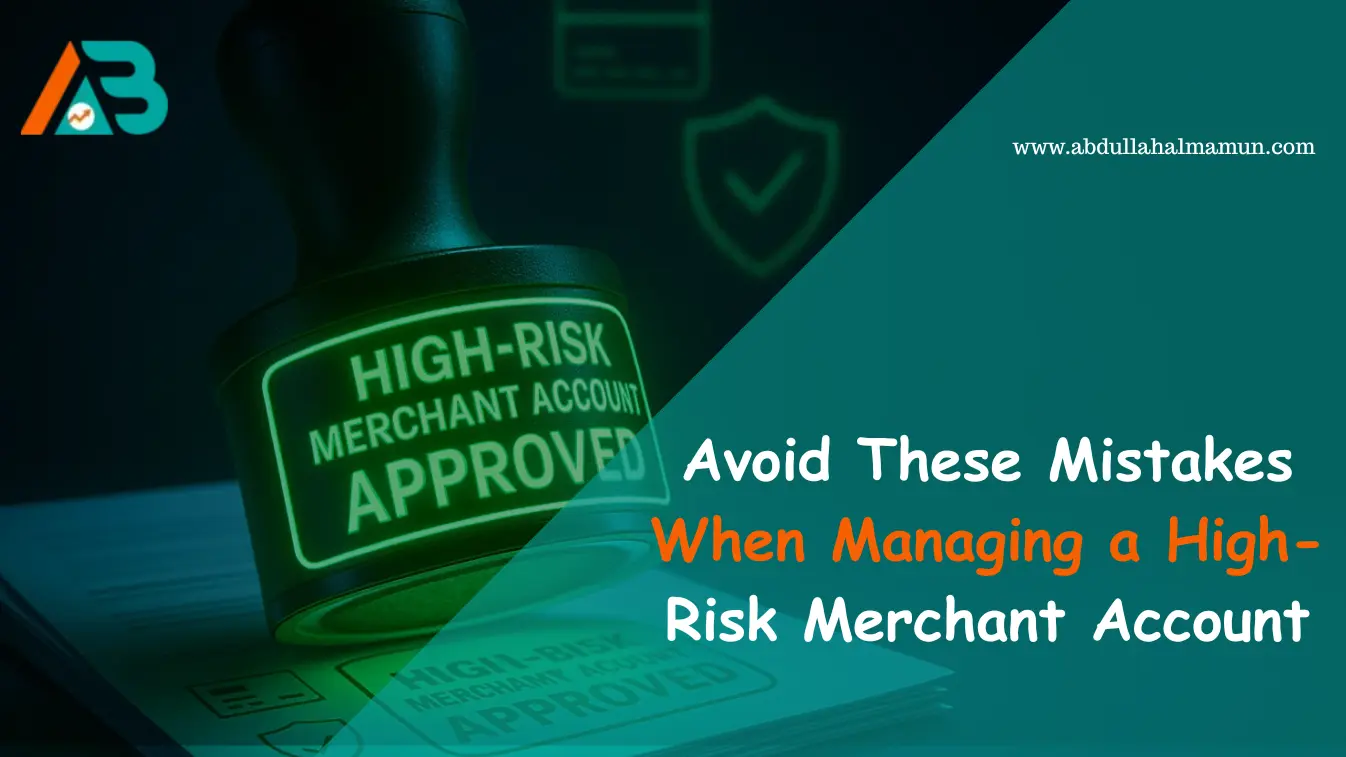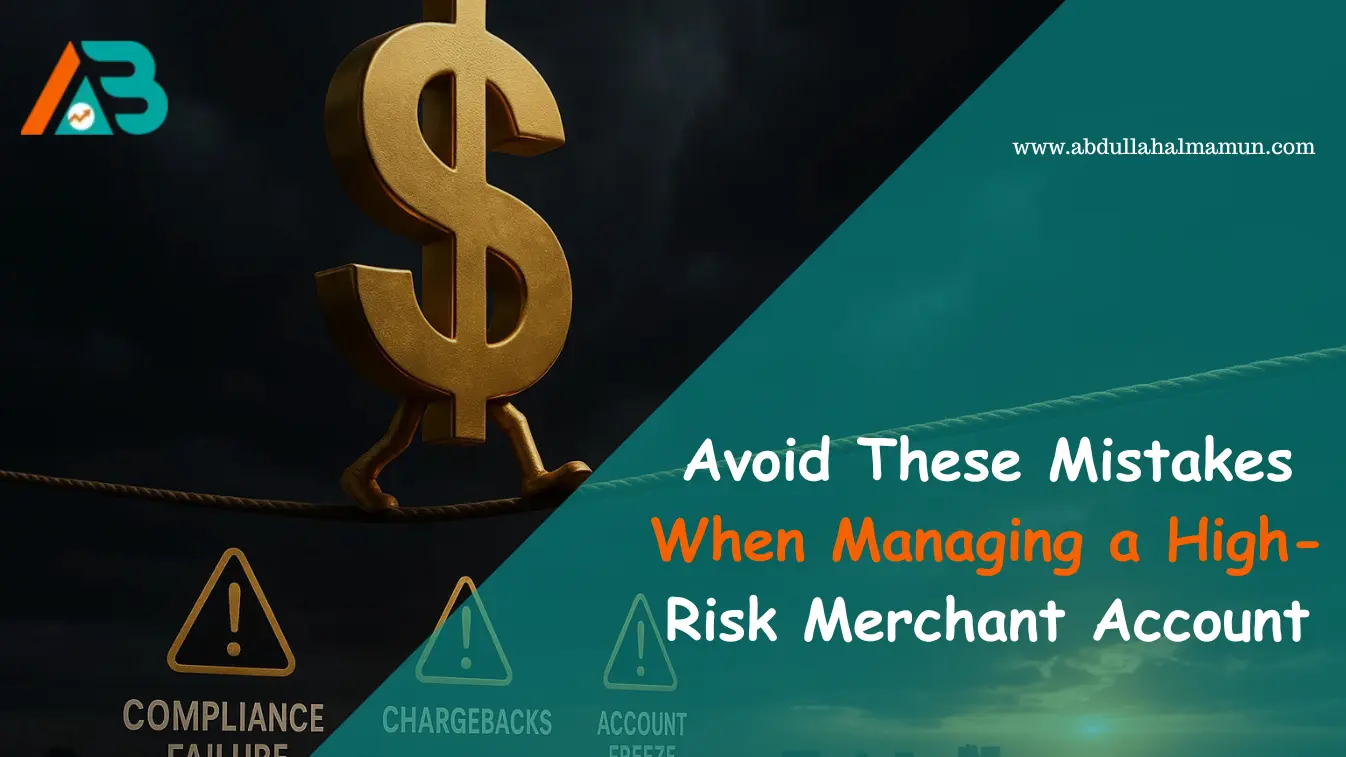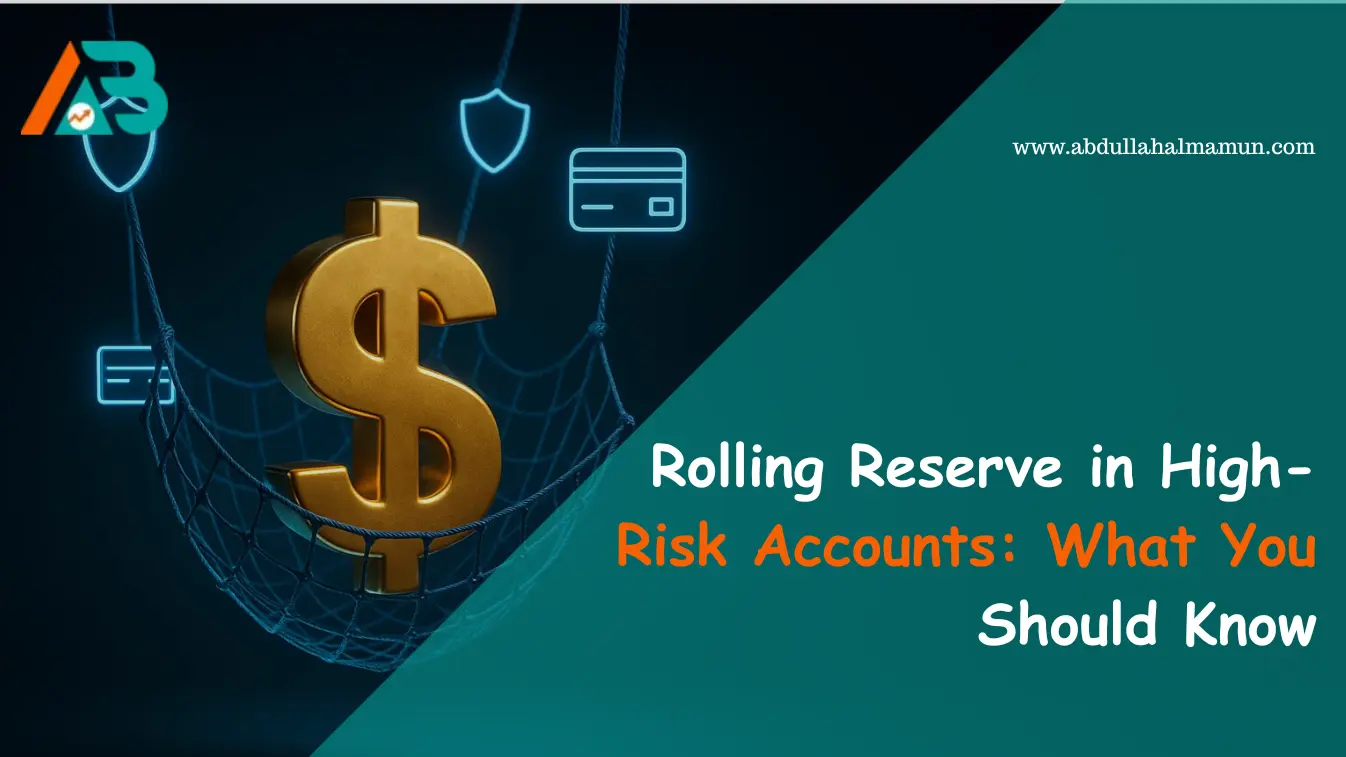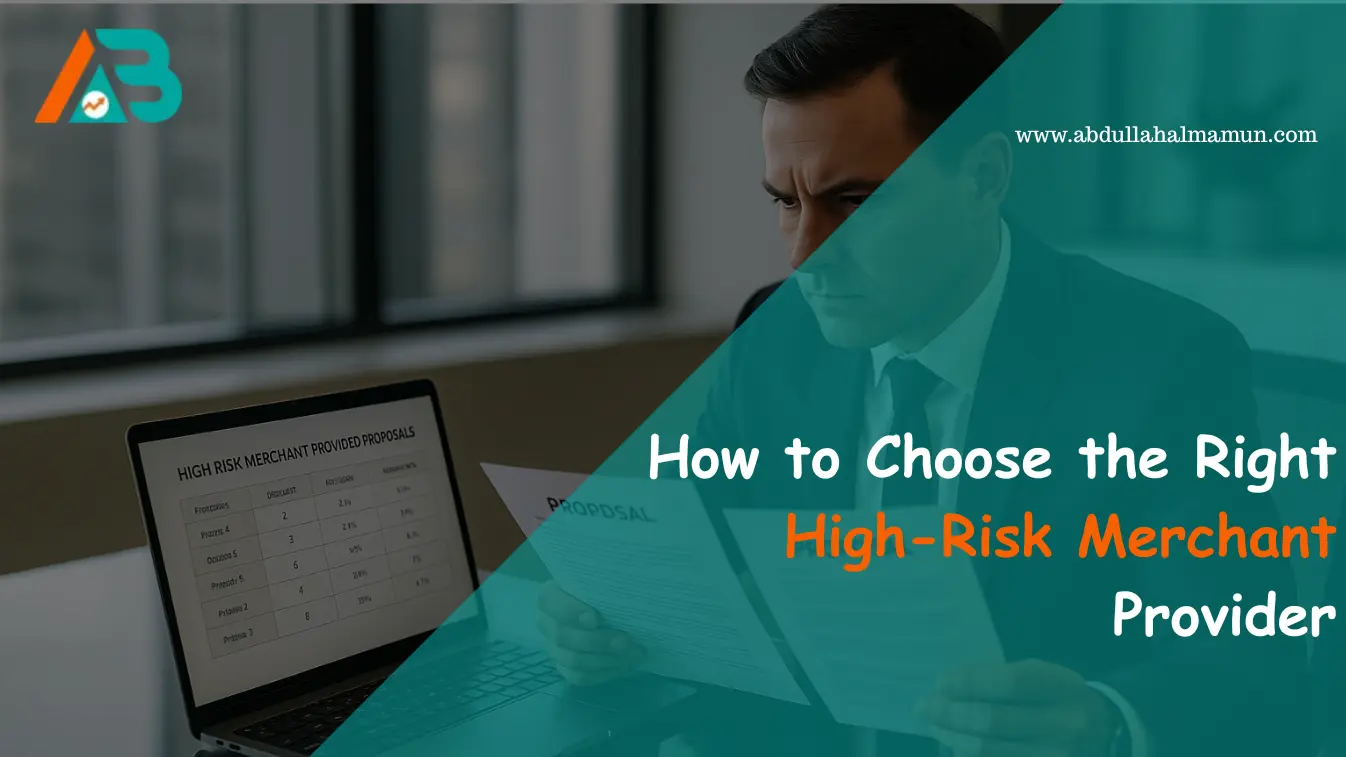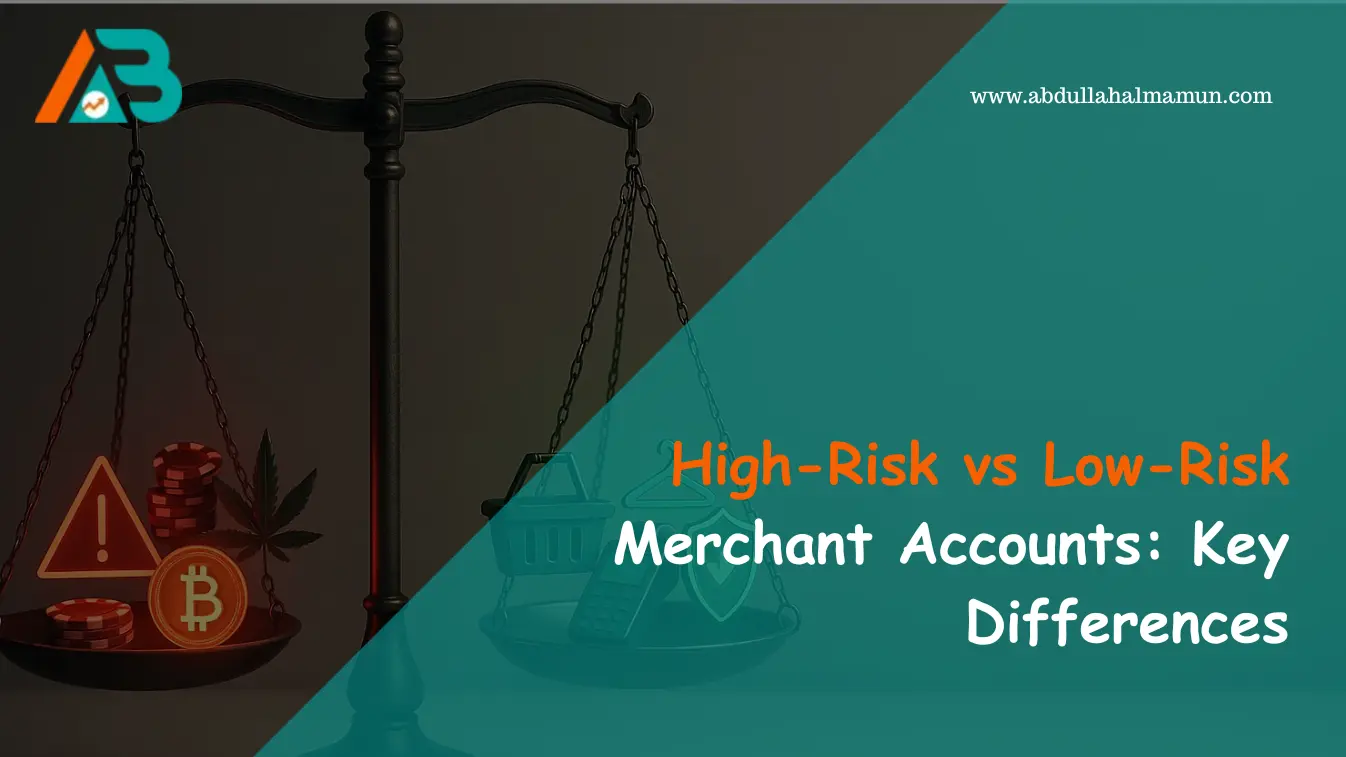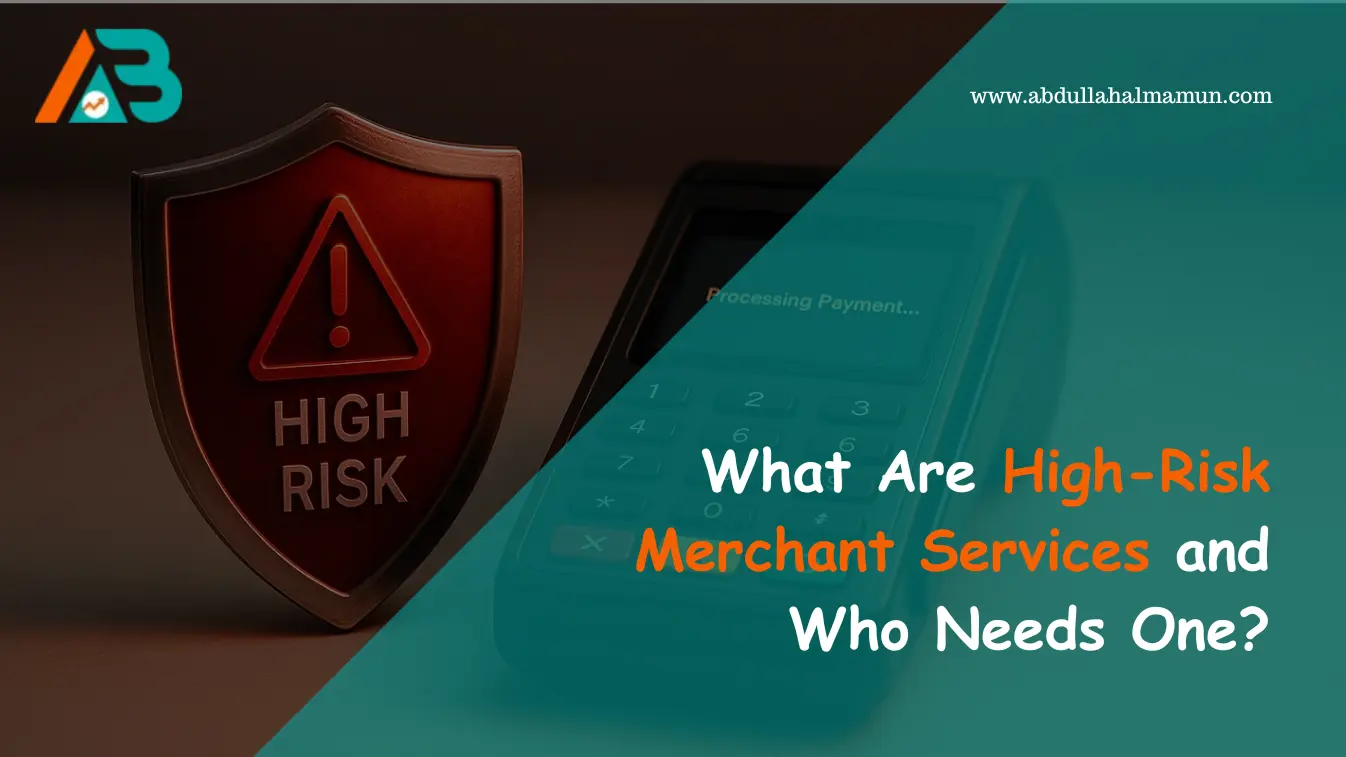“In business, trust is earned twice; once from your customers, and once from the systems you put in place.”
So You’re in a High-Risk Business. What Now?
Let’s be real; running a high-risk business isn’t for the faint-hearted. Whether you’re in coaching, crypto, supplements, subscription boxes, or anything in between, you already know you’re walking a tighter rope than most.
Banks see you differently. Payment processors keep a closer eye. And just when you think everything’s running smooth, bam, a chargeback lands like a slap in your inbox.
This is where a High-Risk Merchant Account becomes your only way forward. But even that comes with baggage: higher fees, stricter rules, and a constant need to prove you’re “worthy.” The cherry on top? Chargebacks. Those sneaky little threats that can chip away at your credibility and, in the worst cases, your merchant account.
That’s why setting up your company correctly from the start, with proper documentation and compliance, can help you avoid unnecessary scrutiny.
Another thing: if you’ve been wondering how to reduce chargebacks, not just for survival, but for peace of mind, pull up a chair. You’re not alone, and you’re definitely not powerless.
“Is This Even Fair?”
That’s probably what you thought the moment you saw a chargeback notification pop up in your account dashboard. Especially if you’re in a high-risk business. You did everything right. Delivered your product. Fulfilled the service. Still, someone hit “dispute” like it was a reaction button on social media.
Not even a bit fair!
But here’s the thing: chargebacks are part of the reality in certain industries. And while they can’t always be eliminated completely, they can absolutely be reduced with the right tools, mindset, and a little foresight.
First Things First: What Triggers Most High Risk Chargebacks?
Before you try to fix a problem, you’ve got to understand what’s really causing it. And spoiler: it’s often not just “fraud” or “bad customers.”
- Misunderstood purchases: The buyer doesn’t recognize the name on the statement.
- Slow delivery or bad service: People get impatient, especially online.
- Recurring payments people forgot about: Especially if you’re in subscription-based models.
- Fraudulent use: Actual unauthorized card usage.
- Too-complicated refund policy: If a refund isn’t obvious, chargeback becomes the go-to.
If any of these sound familiar, that’s your clue that the solution isn’t just stricter terms, it’s a better system.
Proven Tips to Reduce Chargebacks Without Losing Your Mind
Now, let’s talk about those tips that can help you reduce chargebacks. Take a look below:
- Use a Clear Billing Descriptor
It’s not always fraud, sometimes it’s just simple forgetfulness.
A customer might look at their bank statement and not recognize your company name or payment description. If your billing descriptor looks like a random code or an unfamiliar label, they’ll hit “dispute” without a second thought.
- Solution: Make sure your billing descriptor is straightforward. Use your brand name or something your customer would instantly connect with the purchase. If space is limited, prioritize clarity over creativity.
- Say More Than You Think Is Necessary: People Can’t Read Your Mind
In a high-risk business, customer confusion is dangerous.
Surprise charges, auto-renewals they didn’t realize were coming, unclear return policies, it all piles up. And with just a few clicks, they can undo everything with a chargeback.
- Solution: Be ridiculously transparent. Send order confirmations. Follow up before renewals. Outline refund and delivery policies in plain language. No legalese. Just human-to-human clarity.
- Deliver What You Promise: Fast and Trackable
Nothing stirs doubt like a delay.
If your product or service takes longer than expected, or isn’t traceable, customers get nervous. And nervous people initiate chargebacks.
- Solution: Provide tracking numbers. Communicate shipping times clearly. If it’s a digital product or service, confirm delivery instantly. Keep your promises tight, and your refunds tighter.
- Build a Chargeback Response System
Don’t scramble every time a chargeback hits. Prepare like it’s part of the job, because in a High-Risk Merchant Account, it kind of is.
- Solution: Set up a system. Keep transaction records, communication logs, screenshots, delivery proof. When a chargeback comes, respond fast with facts, not feelings.
- Watch Out for Friendly Fraud (It’s Not So Friendly)
This is when a customer buys something, receives it, and still files a chargeback. Sometimes it’s confusion. Other times, it’s intentional.
- Solution: Match IPs to transactions. Require CVV verification. Use AVS (Address Verification System). And never underestimate the power of a follow-up email confirming satisfaction.
“Is the Chargebacks even fair?” However, it is!
That frustration, we talked about before? It’s valid. You’re out here trying to build something real, and the system feels rigged. It does feel unfair that some industries are automatically dumped into the high-risk merchant bin, even when they play by the rules.
But here’s the thing: being labeled high-risk isn’t a dead end. It’s just a different path. And yes, it requires more strategy, more resilience, and more care. But it also brings strength. You build thicker skin. You learn faster. You grow smarter.
And you earn every win.
Final Thoughts: Protecting What You’ve Built
At the end of the day, chargebacks aren’t just financial hits. They’re emotional ones. Especially when you’re giving your all to serve people, grow your brand, and play exactly by the book.
But here’s the good news: reducing chargebacks is less about locking everything down with fine print and more about creating better communication, better systems, and better experiences.
Whether you’re exploring High-Risk vs Low-Risk Merchant Accounts, identifying if you fall into the Top 10 High-risk industries, or just learning about What Are High-Risk Merchant Services, one thing is clear: this isn’t just about payments. It’s about protecting your business from silent erosion.
“Chargebacks don’t just challenge your payments; they challenge your patience. But with the right system, even the most high-risk setup can run risk-free.”
You’re doing better than you think. Stay sharp. Stay honest. And stay ahead.
FAQ
- What’s considered a high chargeback ratio, and why does it matter so much?
Great question. If your chargeback rate hits 0.9% or higher (that’s about 9 disputes per 1,000 transactions), you’re stepping into the danger zone. For High-Risk Merchant Account holders, this threshold is watched even more closely. Too many chargebacks, and your processor may freeze your funds, or worse, shut you down altogether. It’s not just about money; it’s about business survival.
- Do chargebacks only happen because of fraud?
Not even close. Fraud is a part of it, sure, but friendly fraud (aka customers forgetting purchases or changing their minds) is actually more common. Throw in late deliveries, vague refund policies, and confusing billing names, and you’ve got a recipe for disputes. It’s rarely just black and white.
- Will using PayPal or Stripe automatically reduce my chargebacks?
Those platforms do have built-in protection, yes, but they don’t eliminate chargebacks. If you’re in a high-risk business, they may restrict your account, hold your funds, or limit your activity fast. So while tools help, your internal practices matter even more.
- Can chargeback prevention tools really make a difference?
Absolutely. When used right. There are some tools like Verifi, Ethoca, real-time alerts, etc., and these tools let you respond to disputes before they escalate. You can think of them as the fire alarms for your transactions; they don’t prevent the smoke, but will give you precious time to respond before everything burns down.
- How do I fight a chargeback, and is fighting it worth the time?
Fighting a chargeback (called representment) involves sending solid proof: transaction logs, delivery confirmation, customer communication, anything that backs your case. Is it worth it? If it’s a high-ticket item or if your chargeback rate’s creeping up, yes, it’s worth every minute.
- Should I just offer refunds to avoid disputes?
Sometimes, yes. If a customer feels ignored or frustrated, they’ll go straight to their bank. Offering a refund (when it makes sense) can protect your chargeback ratio and keep your reputation clean. Think long-term: losing $50 today is better than losing your payment processor tomorrow.
- Why are chargebacks so common in high-risk industries?
High-risk industries (like coaching, dropshipping, adult content, supplements, etc.) often involve delayed services, higher-ticket purchases, or emotional buyers, all of which increase disputes. It’s not always fair actually, I know, but it’s the landscape we’re in.
- How long does it take to resolve a chargeback?
Anywhere from two weeks to 90 days, depending on the card network. It’s not instant, and during that time, your money may be on hold. That’s why being proactive with prevention is way less stressful than dealing with chargebacks after the fact.
- Can my chargeback ratio affect my ability to scale my business?
100%. Some payment processors and banks will deny your application for a second merchant account, or delay your payouts, if they see too many disputes. Especially if you’re trying to grow a High-Risk Business, keeping that ratio low gives you more leverage, more options, and more peace of mind.
- What’s the biggest slip-up most high-risk merchants make when handling chargebacks?
Ignoring them. Thinking, “it’s just part of the game.” That mindset leads to account terminations. The smart move? Treat every dispute like feedback. Learn from it. Adapt. Build systems that turn potential chargebacks into resolved conversations.

